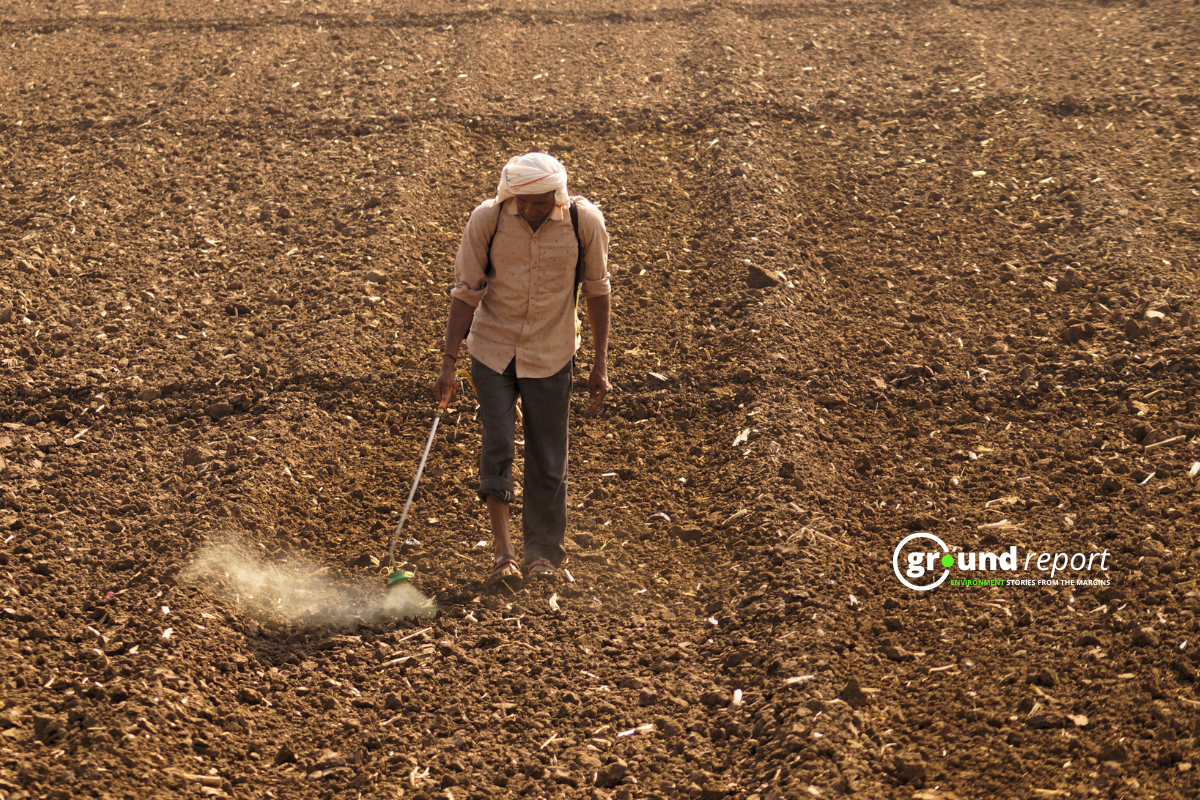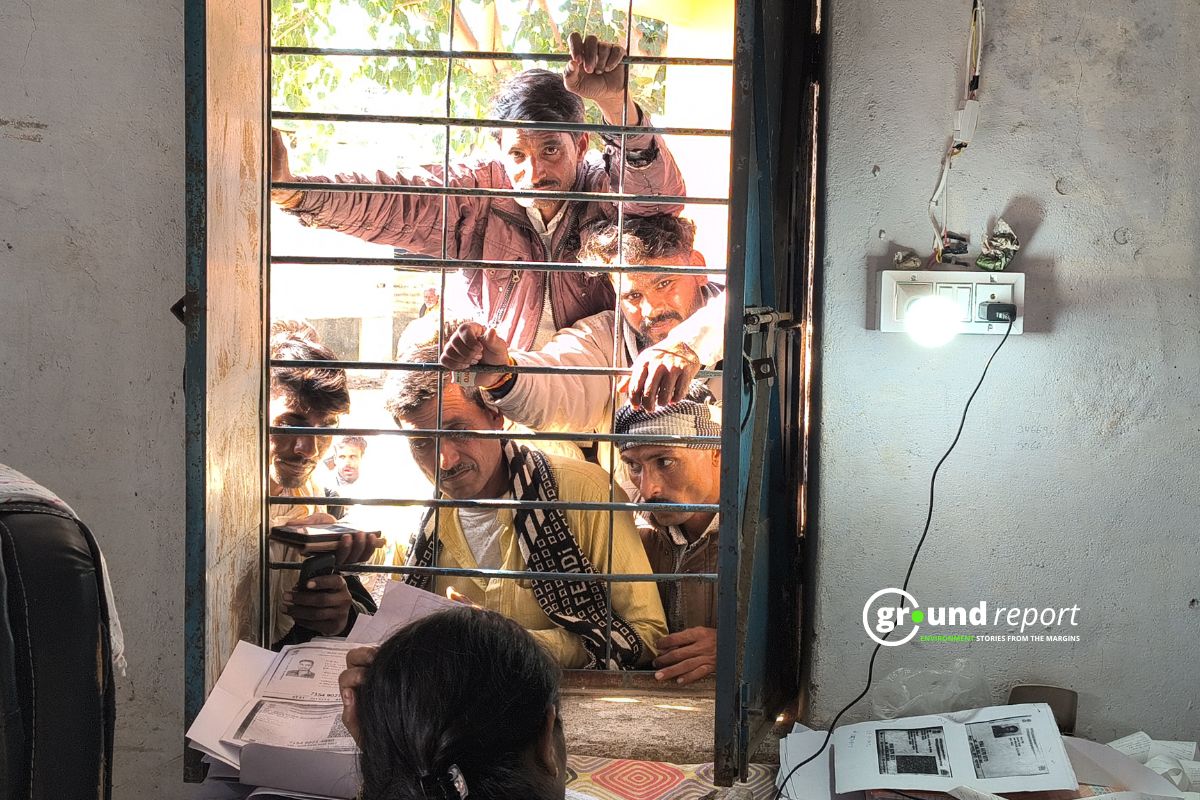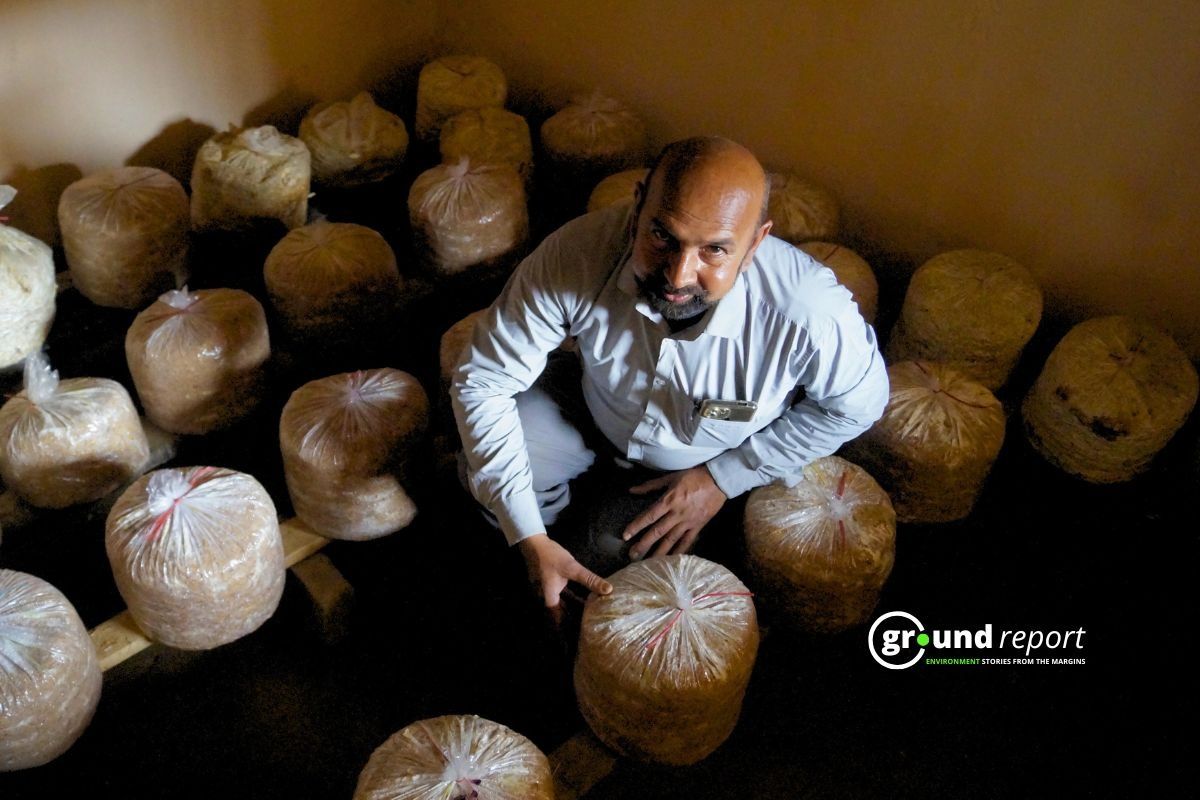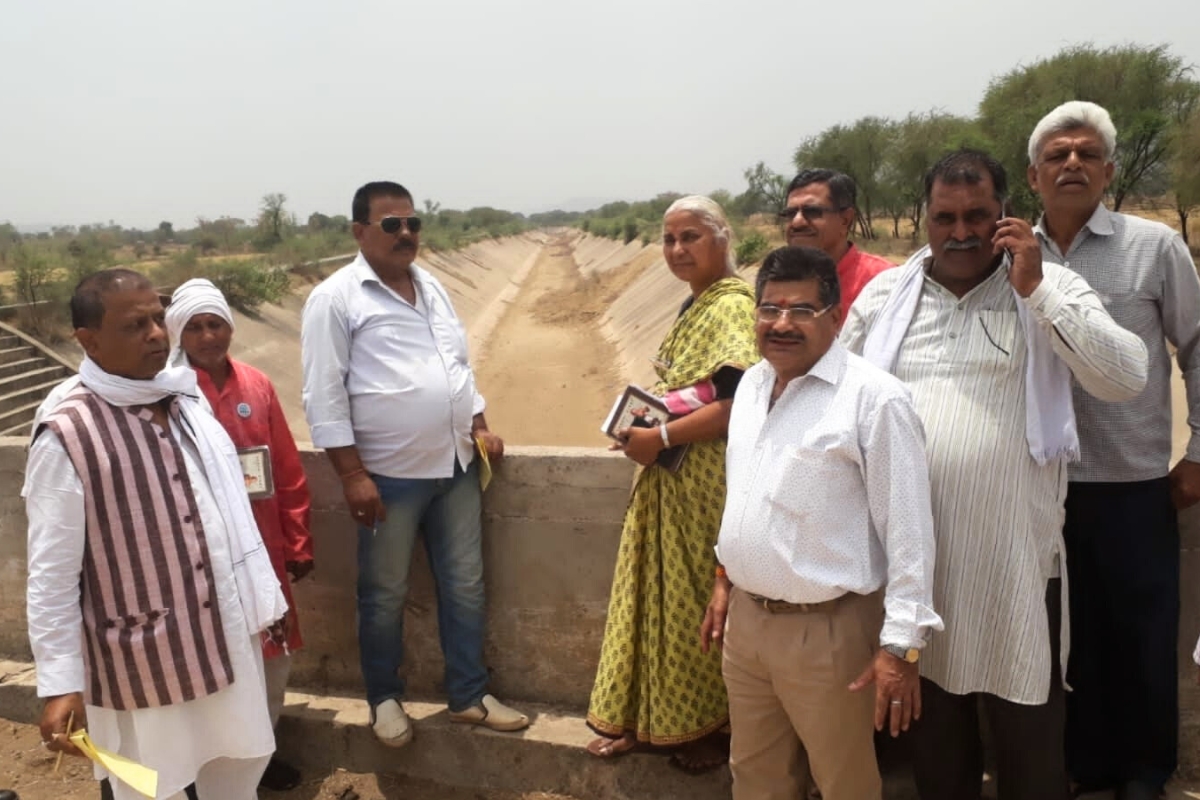Himachal Pradesh’s weather will remain clear for the next three days, leading to rising temperatures. However, the Meteorological Department (IMD) predicts a Western Disturbance (WD) will be active from February 16, bringing light rain and snowfall in higher-altitude regions until February 18.
Rising temperatures statewide
Due to recent sunshine, temperatures have risen across Himachal Pradesh. The average maximum temperature is 3.2°C above normal. Una recorded the highest temperature at 28.6°C, which is 6.3°C above normal. Other cities also experienced a temperature rise, as shown in the table below:
| City | Temperature (°C) | Deviation from Normal (°C) |
|---|---|---|
| Una | 28.6 | +6.3 |
| Kangra | 24.1 | +5.2 |
| Nahan | 23.9 | +4.9 |
| Bhuntar | 24.2 | +4.8 |
Meteorologists expect high temperatures for the next three days before dropping slightly with the Western Disturbance arrival.
The Western Disturbance will only partially impact Himachal Pradesh. The IMD has predicted light snowfall on the higher peaks of Lahaul-Spiti, Kinnaur, Chamba, and Kullu districts. However, low and mid-altitude areas will mostly have clear weather with no major precipitation.
The state has received significantly less rainfall this winter. Between January 1 and February 12, Himachal Pradesh recorded only 29.6 mm of rainfall, 76% lower than the normal average of 122.1 mm. The ongoing dry spell is causing concerns among farmers and horticulturists. Apple growers are worried, as the lack of snowfall and rainfall is stressing the apple trees, which require adequate winter moisture.
Declining snowfall in Shimla
Shimla has seen a continuous decline in snowfall over the past few decades. Historical data shows that snowfall levels have dropped significantly.
| Period | Total Snowfall (cm) | Average Annual Snowfall (cm) |
| 1991-2000 | 1,332 | 133 |
| 2011-2020 | 809 | 80 |
| 2021-2025* | ~250 | ~50 |
(*Data for 2021-2025 is based on the first five winters of the decade.)
The city had its highest snowfall in 2021-22 at 161 cm, possibly due to reduced pollution during COVID-19 lockdowns. However, the past three winters, including the current one, have seen record-low snowfall, raising concerns about long-term climatic changes.
The lack of snowfall and rainfall is impacting water availability. In upper Shimla and surrounding areas, many natural water sources have dried up, leading to a drinking water crisis. Several areas now depend on water tankers even in winter.
Kuldeep Srivastava, Director of the Shimla Meteorological Centre, cites multiple factors for declining snowfall in Shimla and surrounding regions: global warming, increased vehicular pollution, and rapid urbanisation.
Current weather trends indicate a worrying pattern that could impact agriculture, water resources, and tourism long-term. While temporary relief is expected with the upcoming Western Disturbance, experts believe long-term changes in weather patterns could continue to challenge Himachal Pradesh.
Support us to keep independent environmental journalism alive in India.
Keep Reading
California Fires Live updates: destructive wildfires in history
Hollywood Hills burning video is fake and AI generated
Devastating wildfire in California: wind, dry conditions to blame?
Los Angeles Cracks Under Water Pressure
From tourist paradise to waste wasteland: Sindh River Cry for help
Follow Ground Report on X, Instagram and Facebook for environmental and underreported stories from the margins. Give us feedback on our email id greport2018@gmail.com.
Don’t forget to Subscribe to our weekly newsletter, Join our community on WhatsApp, and Follow our YouTube Channel for video stories.






